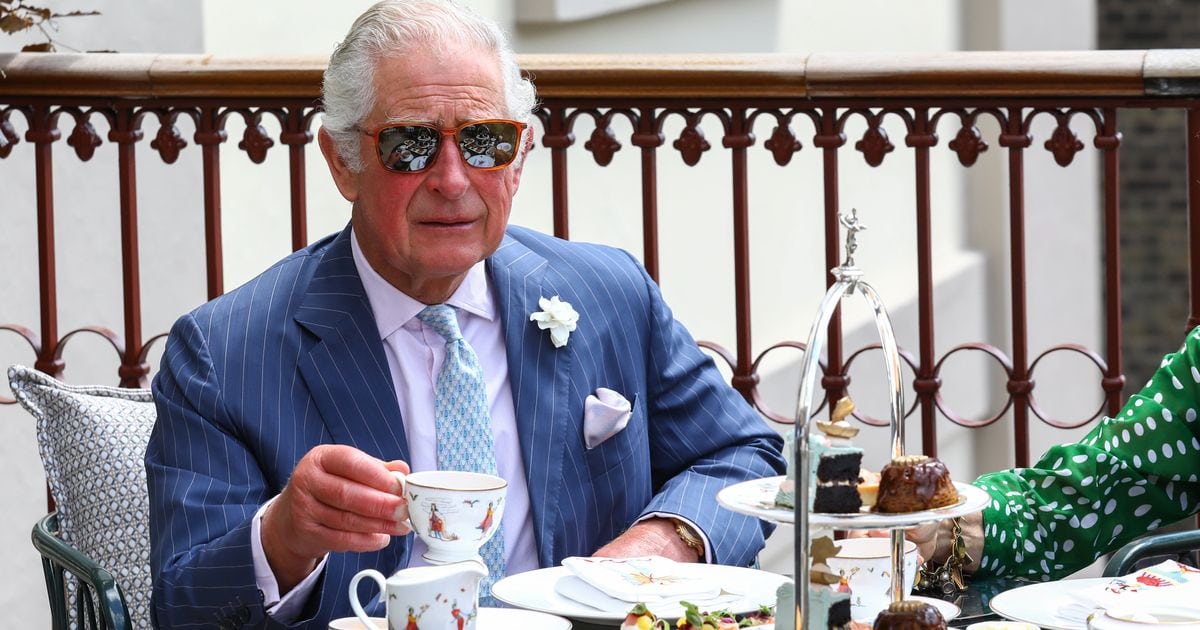

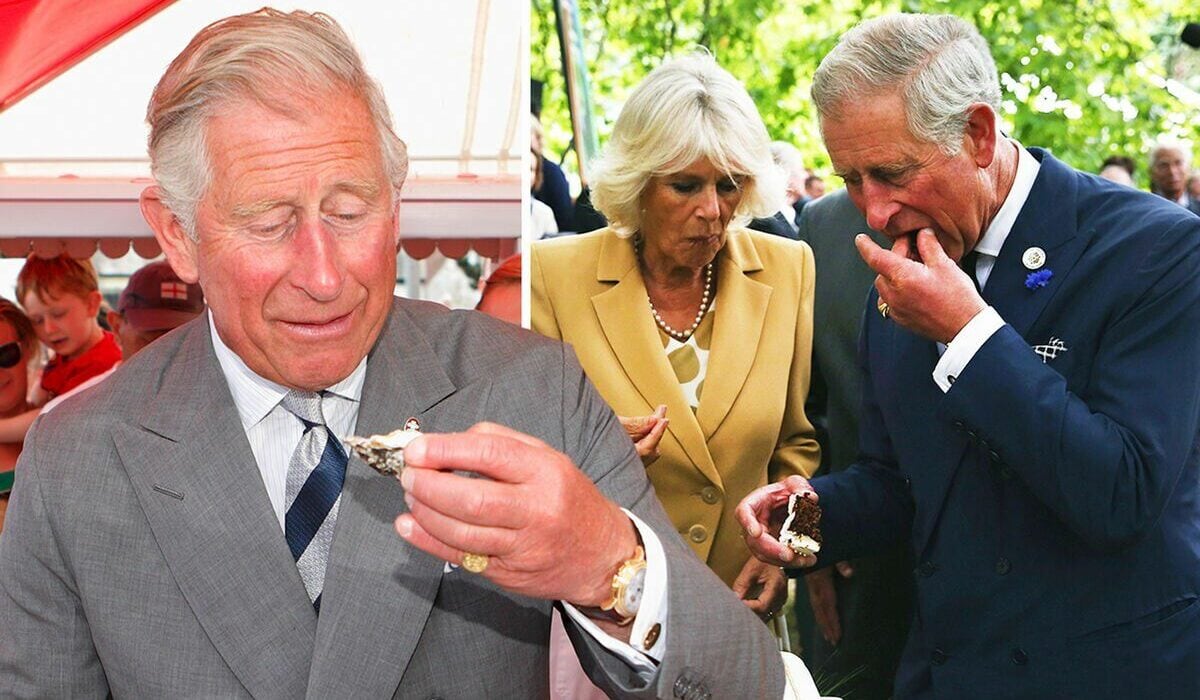

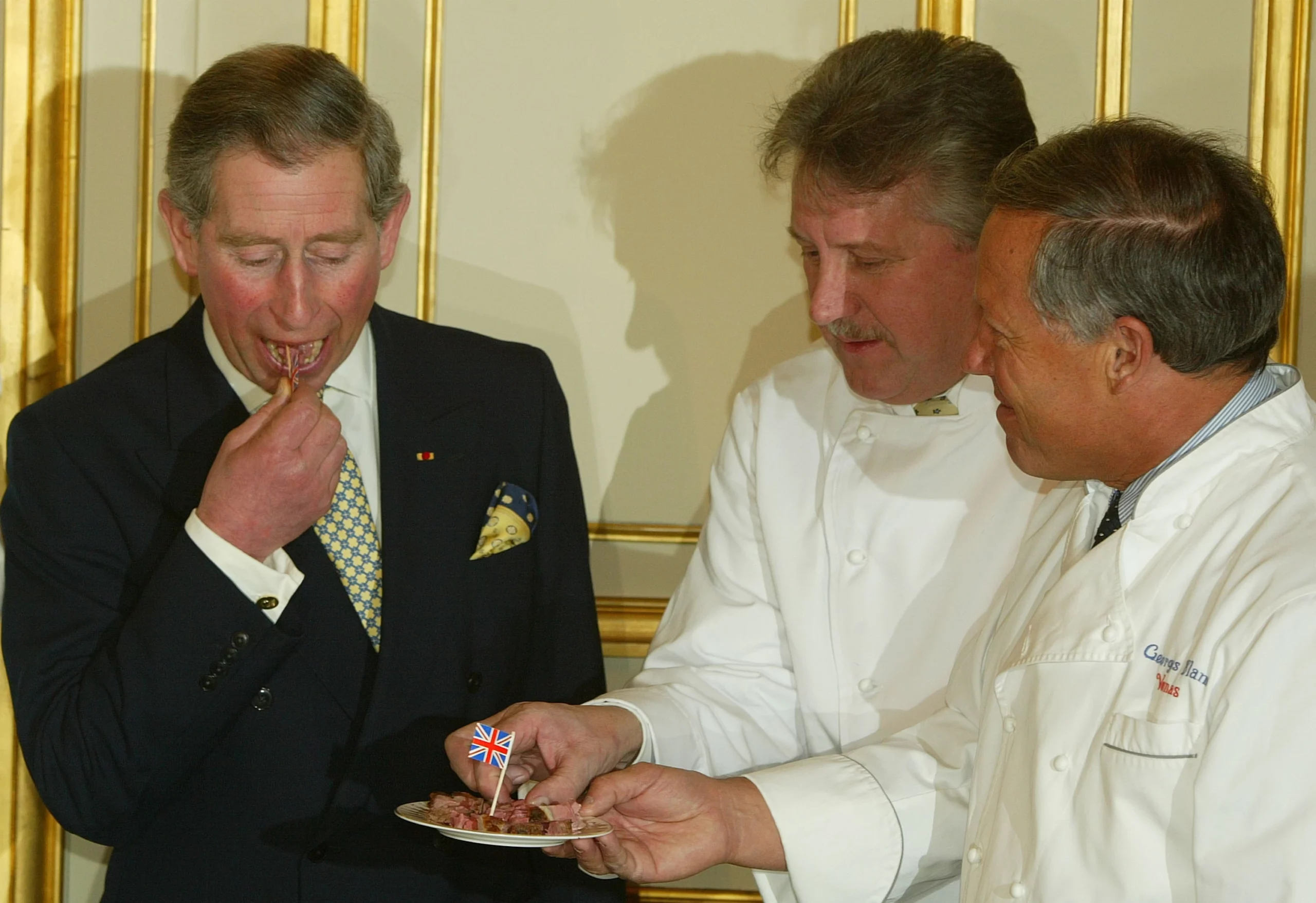
According to the royal expert, Christopher Andersen, King Charles III employs a personal chef who crafts a separate meal exclusively for him. This distinctive arrangement sees the King partaking in a private feast at his own table, away from the prying eyes of others. While the claim has been denied by the King himself, the bestselling author stands firm, asserting that numerous individuals who have served in his employ can vouch for its veracity. The tantalizing mystery surrounding the King’s private dining experiences adds a touch of intrigue to his royal repertoire, leaving us to wonder about the flavors that grace his secluded feast.
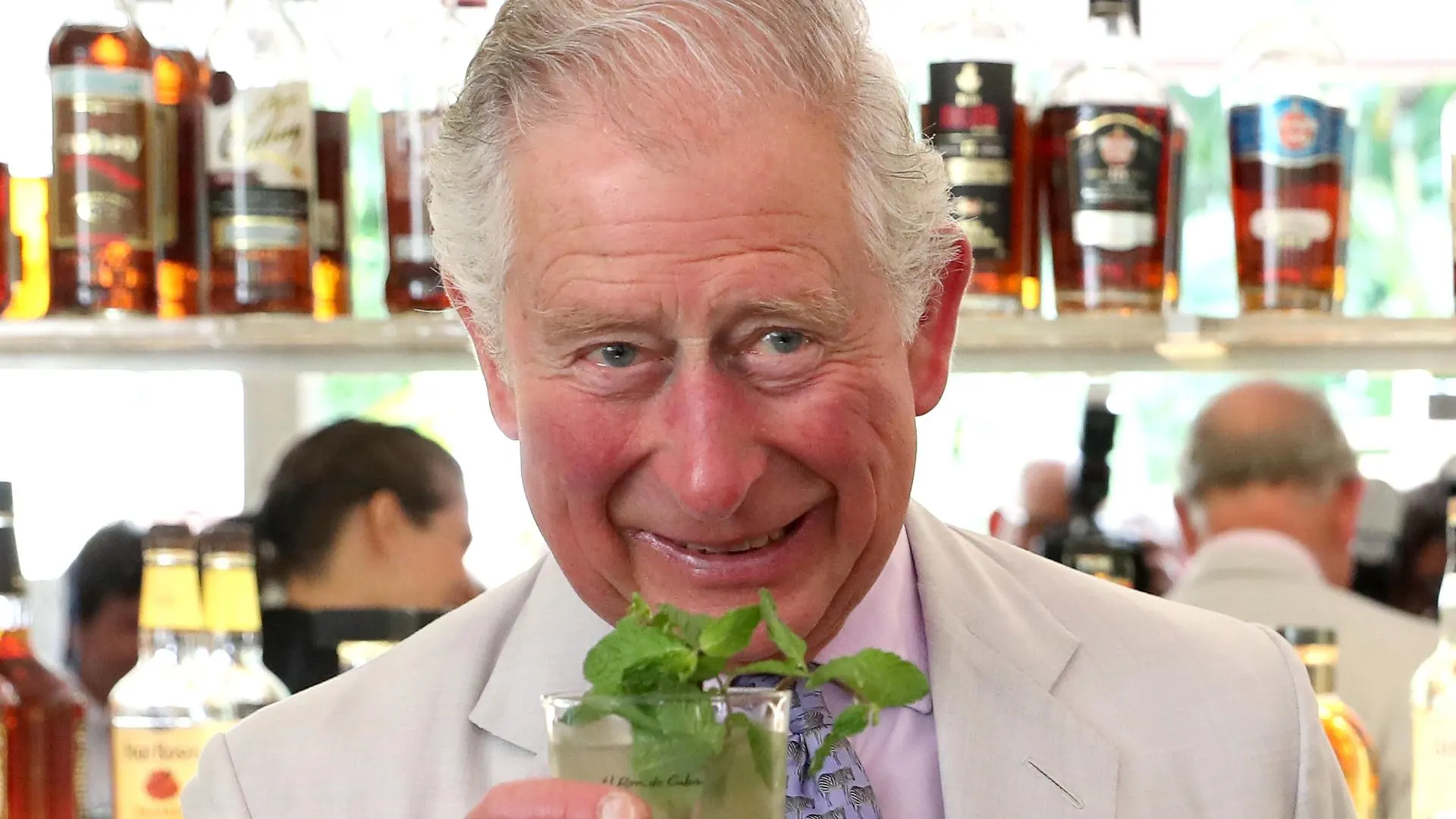
His Majesty has a preference for his own ice cube trays. Yes, you heard that right… he has specially curated trays that help reduce the noise and clatter from regular ice. It turns out that the sovereigns of the realm shared a disdain for the notorious clatter caused by conventional square ice cubes. The former Queen also hated the noise that came from ice. To maintain an aura of serene elegance, the royal entourage ensures that wherever His Majesty goes, his trusted ice cube trays are brought along, much like loyal companions. This unique quirk adds an amusing touch to the regal repertoire, reminding us that even the smallest details can make a difference in the lives of those born to rule. So, let the common folk jingle and clink their square ice cubes, while the King enjoys his chilled beverages in blissful harmony, all thanks to the discreet presence of his cherished, noise-free ice cube trays. Long live the cool, calm, and clink-free reign of the King!

No matter the location of a grand banquet, King Charles ensures a touch of familiarity by bringing along a few cherished items to adorn his table. His entourage must always make sure these things are around and communicate with event planners. Among these treasured belongings are a small silver container of Maldon sea salt, adding a personal touch to his culinary experience. Additionally, his favorite cushion accompanies him, providing comfort and familiarity amidst the opulence. With these distinctive accouterments, it becomes effortless to identify King Charles’ designated place setting, as his unique collection of “bits and pieces” gracefully adorns the table, reflecting his individuality and attention to detail.

From childhood to kingship, a beloved teddy bear has stood as a steadfast companion in the King’s realm. With a sentimental value that transcends time, this treasured stuffed animal has remained in His Majesty’s possession since his early boyhood. So profound is the King’s attachment to this worn and well-loved bear that, as reported by Page Six, he once entrusted a valet with the noble task of safeguarding its well-being during his forties. When the cherished bear required mending, an extraordinary reunion took place, for the King’s former nanny, now retired, was summoned to breathe new life into the beloved toy. According to Andersen’s biography, the scene unfolded with utmost care and devotion, akin to a surgical operation on a beloved child. Every stitch and repair was executed with a tenderness and meticulousness befitting a momentous occasion. This heartwarming tale speaks volumes about the King’s enduring affection and the lengths to which he goes to preserve cherished memories from his past. It is a testament to the power of sentiment and the indelible imprints left by childhood companions, even in the highest echelons of royalty.
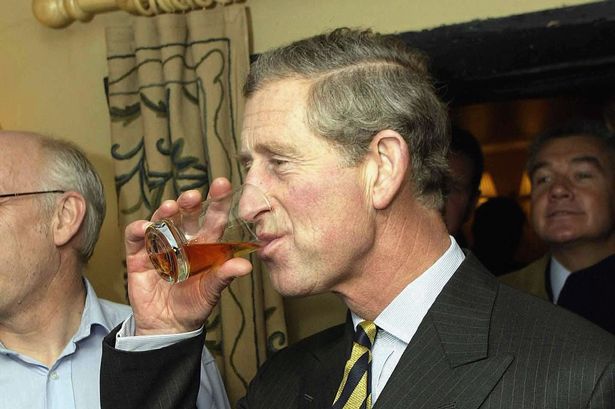
It should come as no surprise that King Charles has a favorite drink to indulge in. His tipple of choice is a glass of whisky – specifically Laphroaig, from the stormy island of Islay off the west coast of Scotland. Laphroaig is a renowned whisky brand, known for its distinctive smoky and peaty flavor profile. It hails from the Islay region, which is famous for producing Scotch whiskies with strong peat characteristics. Laphroaig distillery is situated on the stormy and rugged island of Islay, located off the west coast of Scotland. The whisky’s unique flavor is a result of various factors, including the local peat used to dry the malted barley during the production process. The peat imparts a smoky and earthy essence to the whisky, giving it a distinctive and acquired taste. Laphroaig has gained a loyal following of whisky enthusiasts who appreciate its bold and complex flavors.
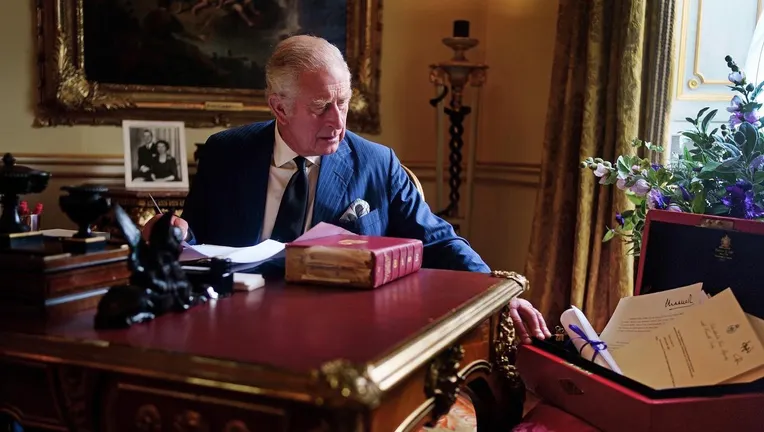
King Charles III’s daily routine sounds grueling. Back-to-back sessions on his charity’s projects take center stage, lasting up to 45 minutes each. Together with his principal private secretary, Sir Clive Alderton, the King meticulously plans forthcoming tours and engages in discussions. His carefully structured schedule revolves around six-month diaries, blending invitations from patronages, military connections, and national duties. Amidst the busyness, the King makes time for a refreshing walk around 1 pm. Due to his dislike of being cooped up, he cherishes fresh air with windows wide open. At 5 pm, he pauses to enjoy tea and sandwiches alongside the Queen Consort, recharging for the evening. Dinner is served promptly at 8:30 pm, followed by a return to the desk, often working late into the night, driven by an unwavering dedication to his duties and a genuine passion for engaging conversations that extend beyond public engagements.

King Charles is not only a politician and monarch. He is an artist at heart. His artistic pursuits and his affinity for the Scottish landscape shed light on his passion for painting. A significant number of his paintings were not only inspired by Scotland but were also completed in the country, highlighting the profound influence of his upbringing and continued connection to the Scottish environment. His Majesty’s love for painting has garnered recognition, with his artwork being showcased in exhibitions. This artistic endeavor provides a unique outlet for the former Prince of Wales, allowing him to express his creativity alongside his royal responsibilities. This is truly a lovely intersection of King Charles’s artistic talents and his deep appreciation for the Scottish scenery, offering a glimpse into his multifaceted personality and passions.
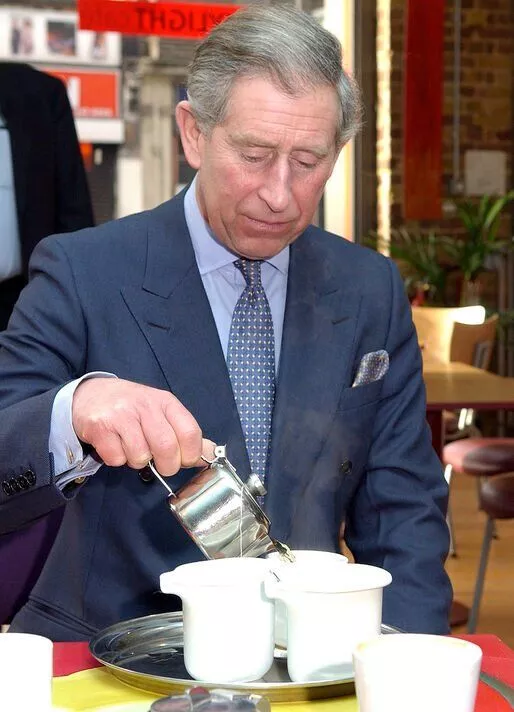
We’re not entirely sure what these amazing foods ever did to him, but apparently King Charles hates chocolate, coffee, and garlic. King Charles, known for his distinctive food preferences, has intriguing dislikes when it comes to certain items. He avoids chocolate, as he strives to maintain a healthy lifestyle and steer clear of sugary treats. Surprisingly, the King has never developed a taste for coffee, which may be attributed to its strong flavor or its effects on his system. Additionally, he is not fond of garlic, opting for more delicate and subtle flavors in his meals. These unique quirks provide a glimpse into King Charles’s personal culinary choices, reflecting his conscious decisions towards healthier alternatives and a preference for milder tastes.

When it comes to travel, the king has a flair for the peculiar and the particular. Rumor has it that his packing list boasts a collection of highly specific must-haves, sure to raise an eyebrow or two. Leading the pack is a bespoke toilet seat, meticulously designed to accompany him on every sojourn away from the comforts of home. While the exact specifications of this regal commode remain shrouded in mystery, whispers of its existence have been confirmed by none other than Tina Brown, who included the curious item in her book, The Palace Papers. But that’s not all! The royal entourage ensures that no stone is left unturned in catering to His Majesty’s whims.

Obviously, the custom toilet seat takes the cake, but he is rather particular about other things too. An orthopedic bed is meticulously prepared to provide the ultimate comfort, while a pair of Scottish landscape paintings adds a touch of familiarity to his temporary abode. And let’s not forget the little things that make a big difference – Charles’s preferred brand of toilet paper, none other than Kleenex Velvet, is stocked up to ensure a truly royal wipe. With this extraordinary packing list, the king’s travels are marked by comfort, familiarity, and an undeniable penchant for the unique.

His Majesty King Charles III has cultivated a profound appreciation for the arts throughout his life, with a special devotion to classical music. Even before ascending to the throne, as the Prince of Wales, he assumed the prestigious roles of patron or president in a remarkable array of more than 24 classical music-related organizations. These encompassed a diverse spectrum, spanning renowned orchestras, esteemed opera houses, prestigious music schools, and even celebrated ballet companies. Yet amidst this broad-ranging involvement, one cannot help but wonder about the specific genre or compositions that resonate most deeply with the monarch’s musical soul. With a childhood steeped in the enchanting notes of the piano, cello, and trumpet, one can envision the harmonious melodies that have shaped King Charles’ fondest memories and continue to hold a special place in his regal heart.
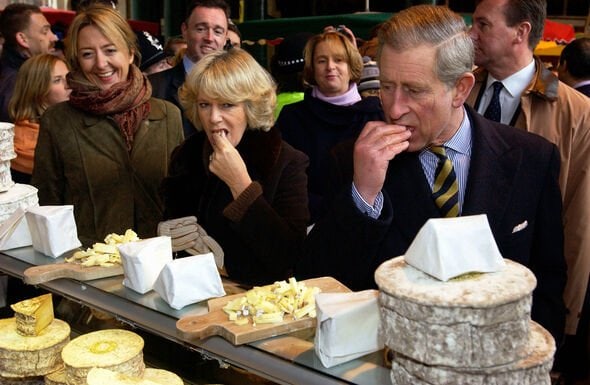
Everybody has their own indulgences at the end of a long day. Some have a glass of wine. Some indulge in a little sweet. It seems that King Charles has a very specific treat he enjoys. According to one source, “Charles enjoys cheese and biscuits at the end of many of his meals. Since he’s particular about everything, he insists that they be a certain temperature. The staff keeps a warming pan just to make sure they are hot enough for his liking.” We suppose when you are royalty and you have a staff at your disposal to make sure things are the perfect temperature… we’d love warm cookies and some cheese after every meal too.
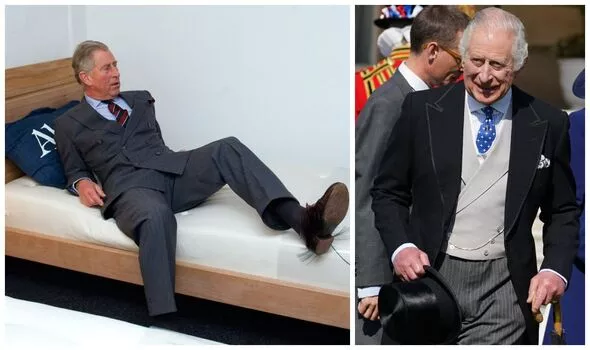
Within the intricate tapestry of royal routines, the loyal valet assumed a role that extended far beyond traditional duties. As Andersen reveals, this dedicated servant not only oversaw the cherished teddy bear’s well-being but also played an integral part in the King’s morning and bedtime rituals. Assisting the former prince of Wales, the valet meticulously attended to his every need, from dressing him in sartorial splendor to adorning his monogrammed toothbrush with a dollop of toothpaste. As nighttime fell, another valet took charge, tenderly washing Charles’s undergarments by hand and then skillfully tucking him into bed. Maybe with his teddy bear close by?
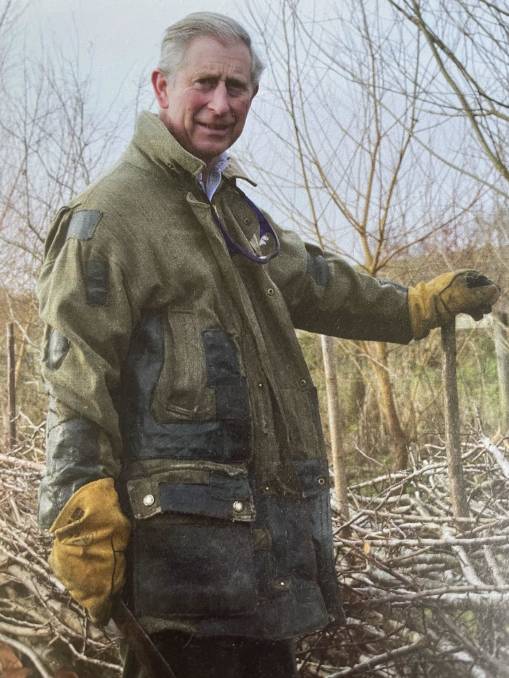
During a conversation about his passion for gardening, Charles shared his unique perspective on interacting with plants and trees. “I happily talk to plants and trees and listen to them. I think it’s absolutely crucial.” He expressed that he regularly engages in conversations with them, emphasizing the importance of talking to them as they respond in their own way. Charles finds it crucial to communicate with plants, believing that they possess an inherent ability to connect and convey their responses. His statement highlights his deep connection to nature and the belief in the significance of understanding and listening to the natural world around us.
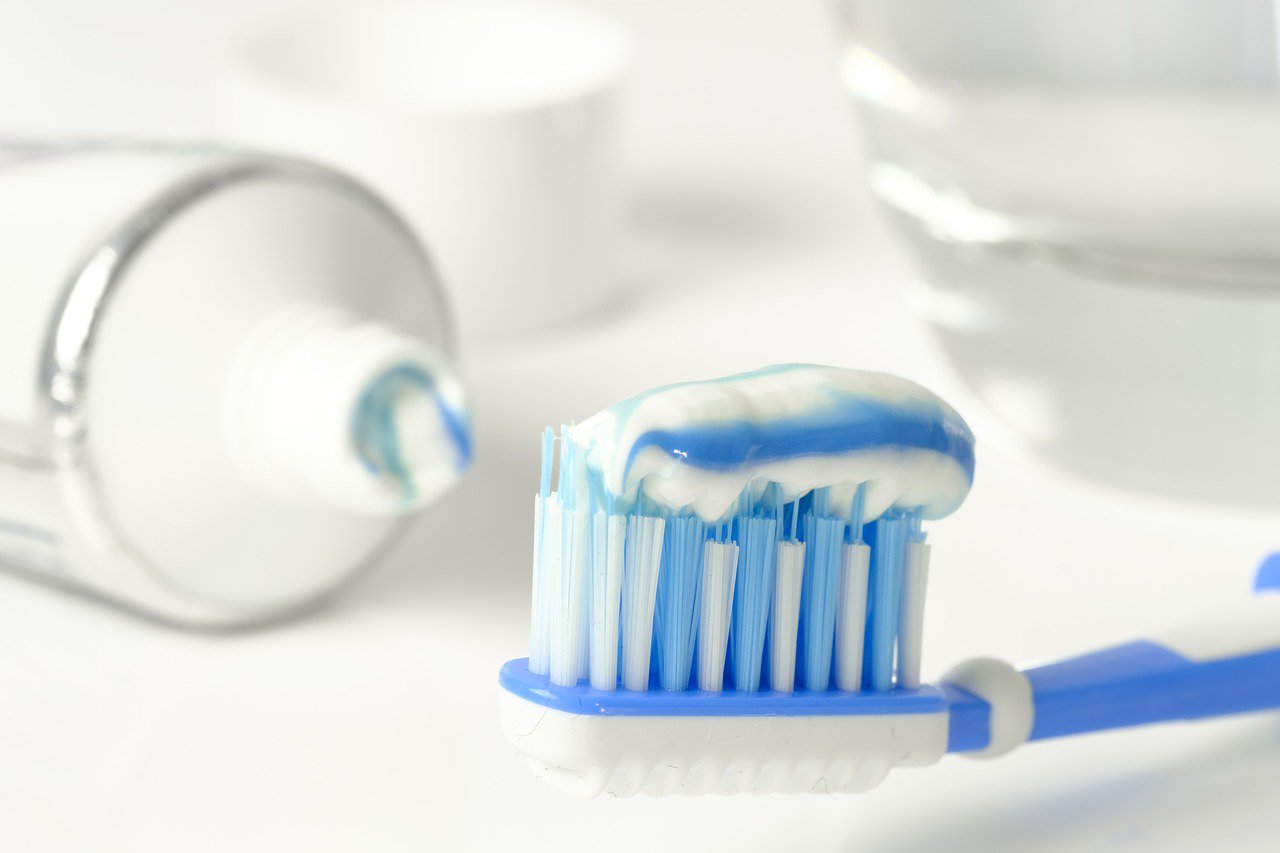
According to former butler Paul Burrell, in the documentary “Serving The Royals: Inside The Firm,” King Charles allegedly has specific requirements for his personal grooming. He insists on having a valet squeeze toothpaste onto his toothbrush every morning, and he orders someone to iron his shoelaces, ensuring they are perfectly flat. Additionally, Charles is particular about the placement of his bathtub plug and prefers the water temperature to be tepid. These revelations highlight the meticulous and high-maintenance nature of the King’s personal preferences and routines.
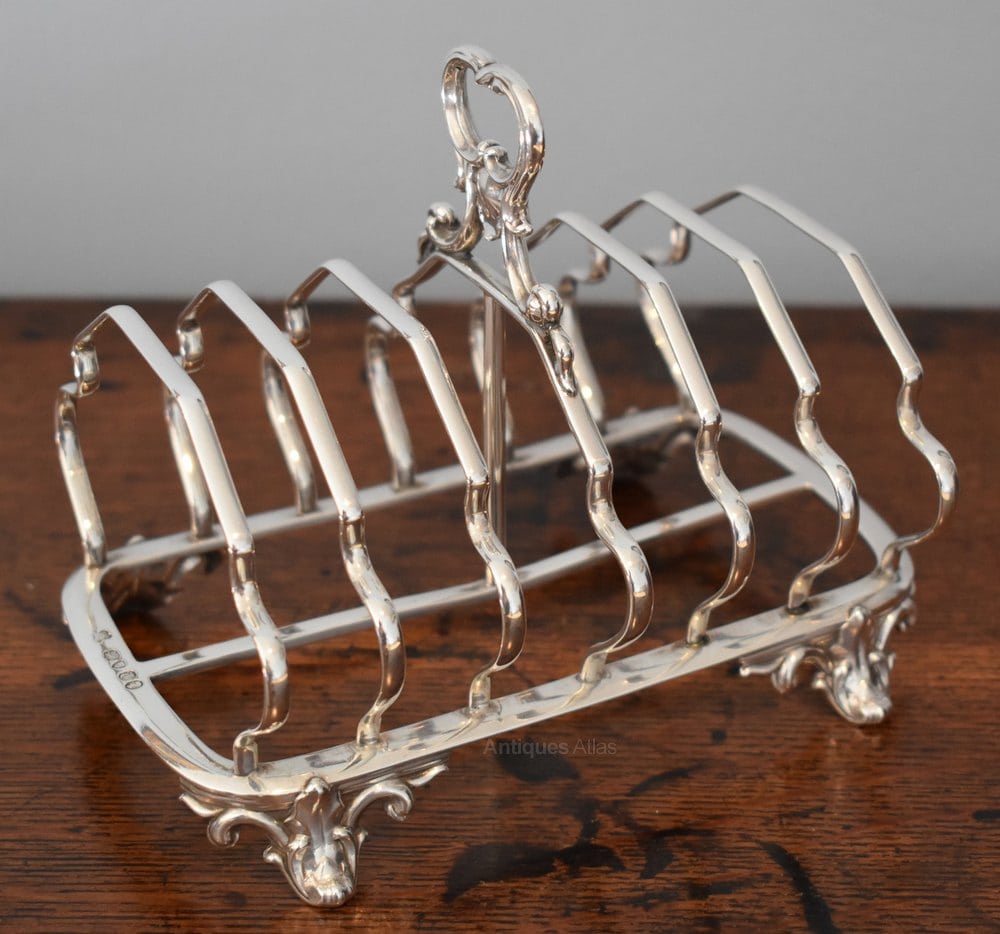
The toast rack, a quintessentially English invention born during the grand Victorian era, still holds its place on King Charles’ breakfast tray. As Andersen reveals, the king’s breakfast tray is meticulously arranged to reflect a bygone era of refined elegance. A cup and saucer stand to the right, accompanied by a silver spoon poised at the distinctive angle of five o’clock. The butter, meticulously formed into three chilled balls, awaits its role in the morning ritual. And there, in all its gleaming glory, the royal toast rests proudly within a silver rack, never relegated to the mundane confines of a mere plate. To further indulge the palate, a separate silver tray bears an assortment of delectable jams, jellies, marmalades, and honey, a symphony of flavors fit for a king. This intricate tableau captures the meticulous attention to detail and reverence for tradition that pervades the royal breakfast.
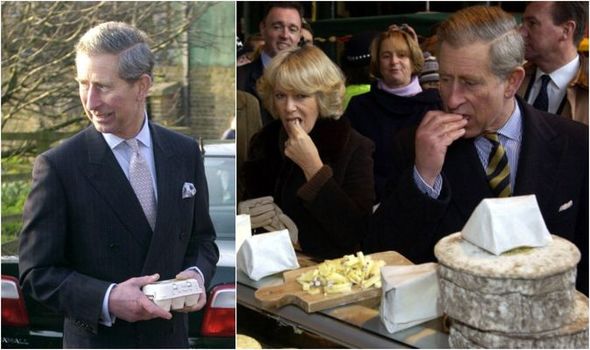
King Charles, known for his passion for British cheese, is an avid fan of local cheeses according to his wife Camilla. Given his love for cheese, the “King Charles Cheesy Baked Eggs” recipe seems like a perfect fit for him. The recipe features a variety of ingredients, including spinach, tomatoes, and two types of cheese. Considering Charles’ dedication to organic gardening, it’s likely that the spinach and tomatoes used in this dish come from his impressive garden. However, it’s safe to assume that regular supermarket vegetables will work just as well for non-royal enthusiasts of this delightful recipe.
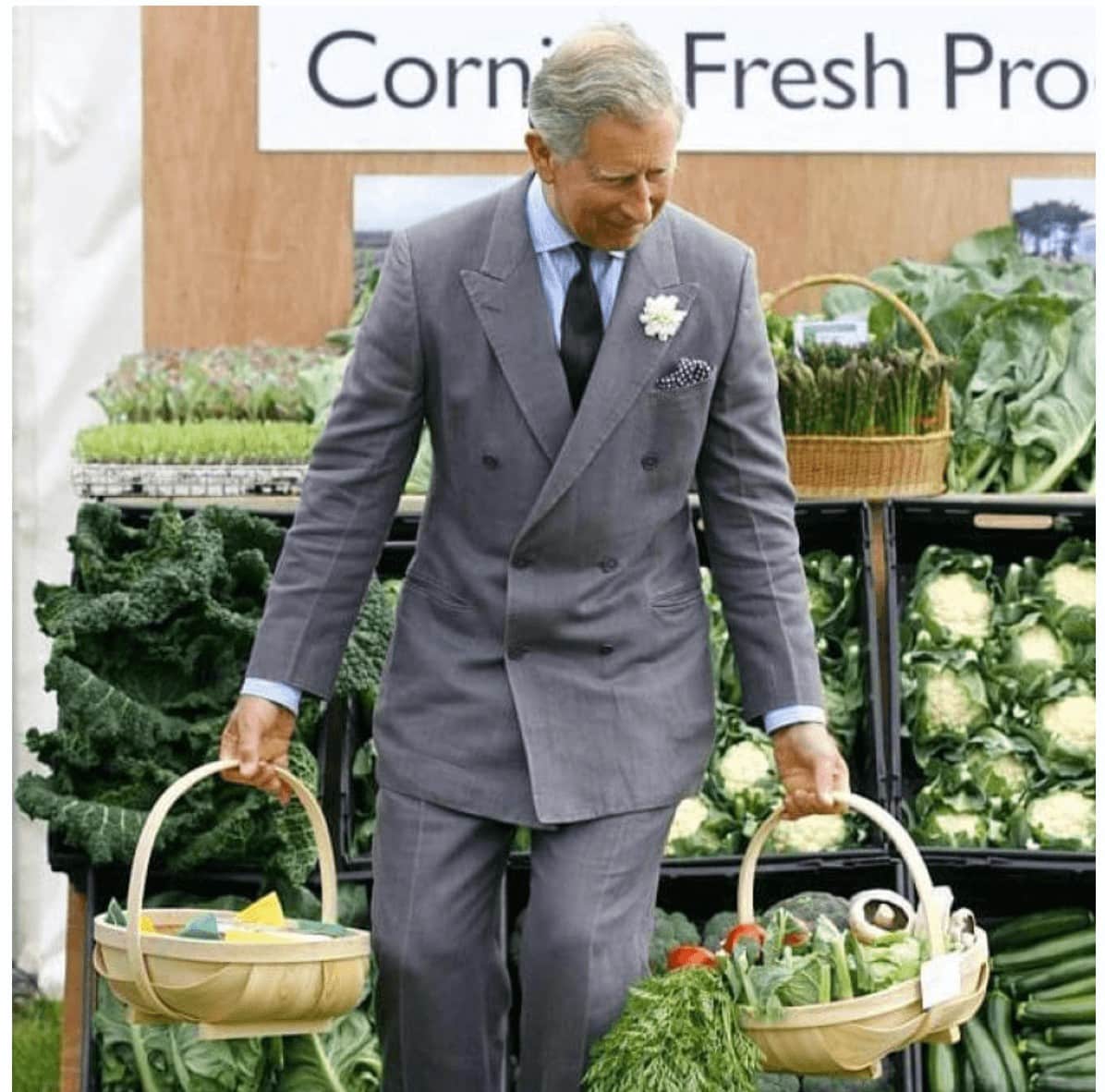
In a recent speech, King Charles expressed his passion for organic farming and his frustration with being dismissed as an “idiot” for advocating its benefits. The former Prince of Wales, emphasized the importance of sustainable agriculture and the need to prioritize nature’s well-being over profit. He said: “One of the reasons I went organic 40 years ago was because I felt there was an overuse of antibiotics. And I felt that if you overdo it, you end up with resistance. Anyway, that’s happened. I was told I was a complete idiot for even suggesting going organic.” He spoke about the challenges faced by organic farmers and highlighted the potential of regenerative agriculture to address climate change and biodiversity loss. King Charles’s commitment to promoting environmentally friendly practices suggests that he will continue to champion sustainability as King.
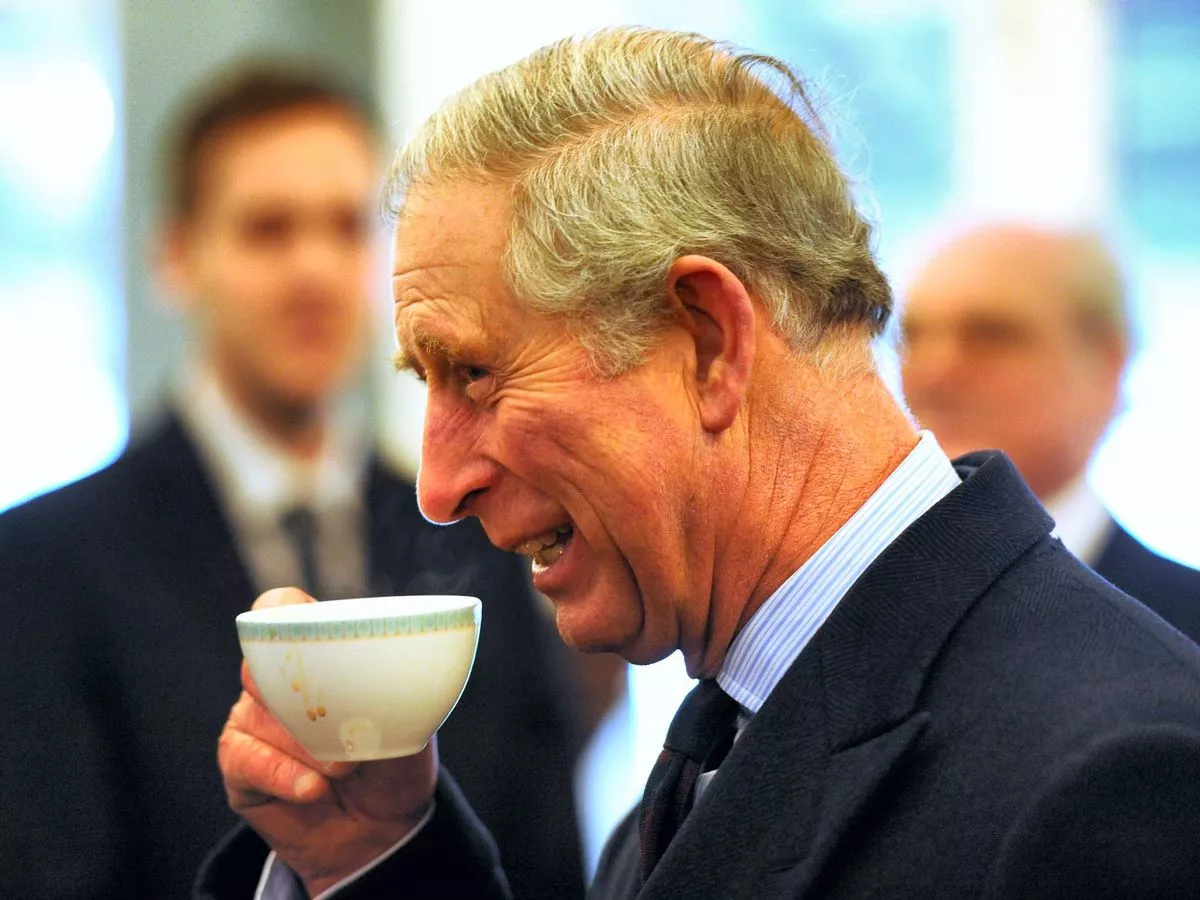
The King, much like other members of royalty, has a fondness for tea and possesses a strong preference for how it is prepared. It is reported that specific guidelines exist for each variety of tea enjoyed by the monarch, including the appropriate sweeteners to be added. Even the positioning of the teacup handle and spoon is said to be of great importance. Among the various options, the King’s preferred blend is Darjeeling tea, which hails from the region of West Bengal in India. This tea is known for its delightful combination of flavors, with a rich taste and a captivating aroma. To enhance its sweetness and creaminess, the King enjoys adding honey and milk to his Darjeeling tea.

King Charles has had a lifelong passion for fishing, which he inherited from his parents, Queen Elizabeth II and his father. He has passed on this hobby to younger members of the Royal Family, such as Prince William and Prince Harry, who were taught to fly fish by the King himself. Tiggy Legge Bourke, their nanny and confidante, is a highly skilled fly fisher. Additionally, James, Viscount Severn, the son of Prince Edward and Sophie Wessex, is said to be a talented young fly fisherman. Fishing not only remains a personal interest for King Charles but has also become a professional responsibility. As the former Prince of Wales, he holds the Royal Warrant for manufacturers of fishing tackle, specifically granting the warrant to esteemed companies like Hardy & Greys Ltd and Farlows. He also serves as the Patron of The Fly Fishers Club of London, a renowned gentleman’s club dedicated to fly fishing enthusiasts. Richard Hewitt, the owner of the article’s source, is a current member of this prestigious club, having previously chaired Farlows.

For 45 years, King Charles has famously held an annual ski trip. The lesser-known Swiss ski town of Klosters holds a special place for royalty and celebrities, including King Charles III, who has favored it as his preferred skiing destination since his first visit in 1978. Klosters features Madrisa Mountain, connected to the wider Davos Klosters ski resort. However, the town also carries a somber memory for Charles and Princess Diana, as in March 1988, Charles survived an avalanche during a ski trip that claimed the life of his friend Major Hugh Lindsay. Patricia Palmer-Tomkinson, another member of the group, was severely injured, and Princess Diana was reportedly angered by Charles’ perceived recklessness in the incident.
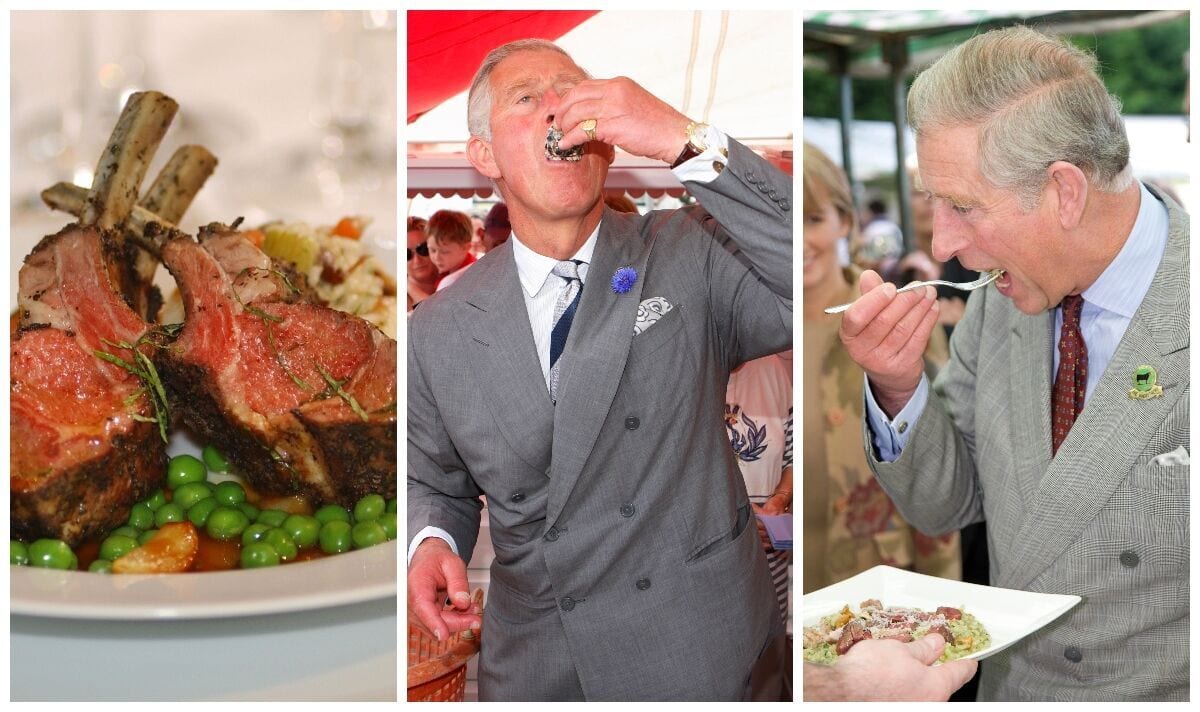
While Queen Elizabeth II is famously known for her love of scones with cream and jam, it comes as a surprise that King Charles does not share the same fondness. According to reports, Charles doesn’t have much of a sweet tooth and rarely indulges in cakes served during afternoon tea. Instead, his culinary preferences lean towards Italian cuisine. Among his favorite dinners is a rack of lamb with wild mushroom risotto, showcasing his appreciation for rich and flavorful dishes. Additionally, King Charles is said to be a fan of polenta-based dishes, further highlighting his enjoyment of Italian flavors and ingredients.

During his years of preparation for assuming the role of monarch after Queen Elizabeth, King Charles had another notable role as the owner of a successful business. As a staunch advocate for environmental causes, Charles established Duchy Originals in 1990 while he was still the Prince of Wales. The brand aimed to promote produce from his farm and has since become the largest organic food and drink brand in the United Kingdom. In the fiscal year ending in March 2021, Duchy Originals generated nearly £3.6 million ($4.1 million) in pre-tax earnings. While the brand has experienced both successes and setbacks, its partnership with the upmarket grocery chain Waitrose since 2009 has been particularly beneficial. Waitrose has exclusive rights to sell products under the Duchy name, and customers can now find a range of items like salmon, sausages, milk, carrots, and blueberries bearing the “Waitrose Duchy Organic” label in their stores.